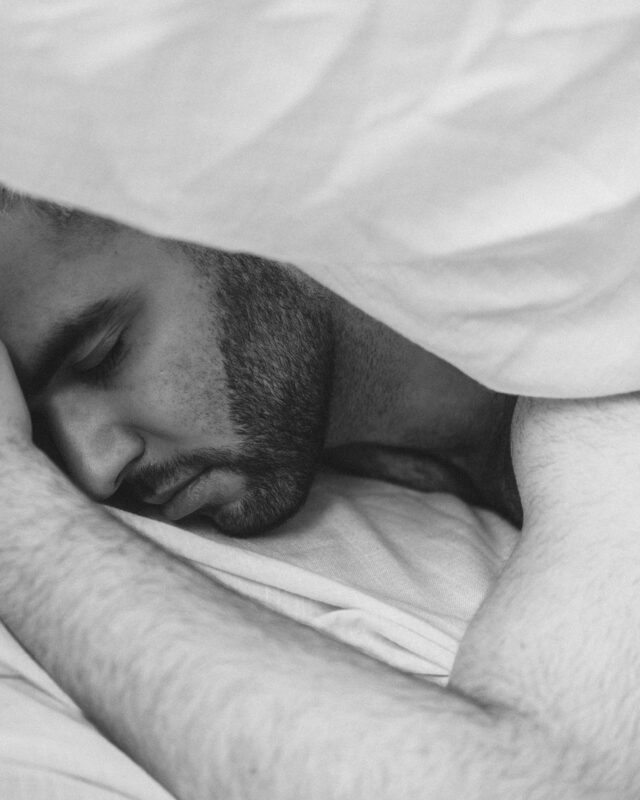Uncategorized
Understanding the impact of technology on sleep

In today’s digital age, technology has become an integral part of our daily lives. From smartphones and tablets to laptops and televisions, we are constantly surrounded by screens and devices that offer entertainment, information, and connectivity. However, this digital immersion has raised concerns about its potential impact on one of the most fundamental aspects of our well-being: sleep. In this article, we explore the intricate relationship between technology and sleep, shedding light on both the negative and positive effects it can have.
The blue light conundrum:
One of the most significant ways technology can disrupt sleep is through the emission of blue light. Electronic devices such as smartphones, tablets, and computers emit blue light that interferes with the body’s natural production of melatonin, a hormone that regulates sleep-wake cycles. Exposure to blue light in the evening can suppress melatonin production, making it more difficult to fall asleep and achieve restorative sleep.
Screen time and sleep disruption:
The use of technology, especially close to bedtime, can disrupt sleep patterns. Engaging in stimulating activities like watching intense movies, playing video games, or engaging in heated online discussions can increase alertness and make it harder to wind down before sleep. Moreover, the addictive nature of technology can lead to unintentionally staying up later than planned, cutting into valuable sleep hours.
Sleep quality and quantity:
Research suggests that excessive screen time can lead to reduced sleep quality and quantity. People who spend significant amounts of time on electronic devices may experience fragmented sleep, leading to daytime drowsiness, irritability, and decreased cognitive function.
Digital distractions:
The constant connectivity offered by smartphones and social media can lead to psychological and emotional distractions that hinder sleep. The habit of checking notifications, emails, or messages right before bed can trigger stress, anxiety, and even FOMO (fear of missing out), making it challenging to relax and unwind.
Positive use of technology for sleep:
While technology can disrupt sleep, it also offers solutions to improve sleep quality. Sleep tracking apps, for instance, can provide insights into sleep patterns, helping users identify trends and make adjustments to their routines. Relaxation and meditation apps can assist in reducing pre-sleep anxiety and promoting relaxation.
Managing the impact of technology on sleep:
- Establish a digital curfew: Aim to disconnect from screens at least an hour before bedtime to allow your body to wind down and melatonin production to increase.
- Use night mode: Many devices offer a night mode that reduces the amount of blue light emitted. Activate this mode in the evening to minimize melatonin disruption.
- Create a sleep-friendly environment: Dim the lights in your surroundings as bedtime approaches to signal to your body that it’s time to wind down.
- Set screen time limits: Implement screen time limits throughout the day to prevent excessive use, especially close to bedtime.
- Practice mindfulness: Engage in relaxation techniques, such as deep breathing or meditation, to counteract the stress and stimulation of technology.
- Charge devices outside the bedroom: Keeping electronic devices out of the bedroom reduces the temptation to engage with screens before sleep.
- Establish a bedtime routine: Engage in calming activities before bed, such as reading a book or taking a warm bath, to signal to your body that it’s time to sleep.
The impact of technology on sleep is complex, with both negative and positive aspects to consider. While excessive screen time, especially close to bedtime, can disrupt sleep patterns, it’s possible to mitigate these effects by adopting healthy habits and utilizing technology in ways that promote better sleep. By being mindful of our technology usage, establishing boundaries, and incorporating technology in sleep-supportive ways, we can strike a balance that enhances our overall well-being and supports our sleep needs.


